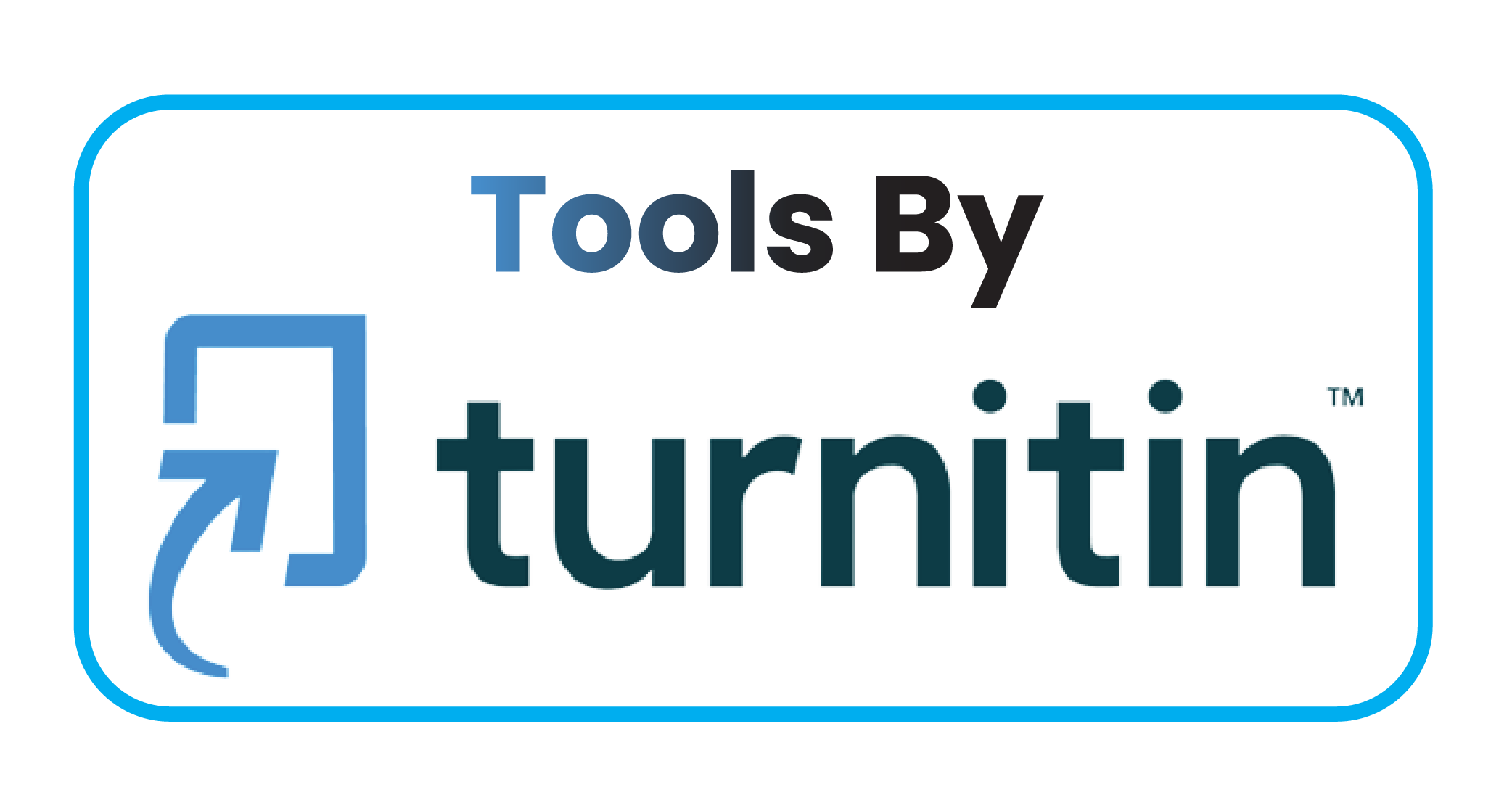Differential Diagnosis Clinical Presentation and Minimal Risk Factors – ST Segment Elevation Myocardial Infarction vs Myopericarditis: A Case Report
DOI:
https://doi.org/10.59888/ajosh.v2i5.244Keywords:
STEMI;, myopericarditis;, differential diagnosis;, clinical features;, minimal risk factorsAbstract
The condition of STEMI (ST Segment Elevation Myocardial Infarction) can resemble infectious diseases of the heart such as Myopericarditis with the presence of dominant gastrointestinal symptoms, minimal demographic characteristics and cardiovascular risk factors as well as limited supporting examinations, making it a challenge in determining the diagnosis of cardiovascular disease. Case Report: 31 year old male with complaints of pain in the pit of the stomach that was difficult to describe and discomfort that extended to the chest that was not specific, a history of fever for 2 days, nausea and vomiting and a history of the habit of only consuming alcohol without smoking and the patient doing routine physical activities. ECG examination showed sinus rhythm with ST segment elevation in the precordial (anterior and lateral), inferior and LAD (Left Axis Deviation) leads as well as PR segment depression, Troponin I increased and Echocardiography showed a hypokinetic pattern in the posterior and septal segments of the heart. Fibrinolytics improved the patient's symptoms but not serial EKGs, giving rise to suspicion of STEMI which resembles Myopericarditis. Conclusion: Differential diagnosis with the possibility of myopericarditis was based on clinical findings and minimal risk factors, history of the course of the disease, ECG examination, Cardiac Biomarkers, TTE and Coronary Angiography. The patient underwent a Coronary Angiography examination with normal results, thereby ruling out a diagnosis of STEMI. The diagnostic overlap between STEMI and Myopericarditis was difficult to evaluate.
Published
Issue
Section
License
Copyright (c) 2024 Putu Devara Karunia Esa, I Putu Parwata Jaya

This work is licensed under a Creative Commons Attribution-ShareAlike 4.0 International License.
Authors who publish with this journal agree to the following terms:
- Authors retain copyright and grant the journal right of first publication with the work simultaneously licensed under a Creative Commons Attribution-ShareAlike 4.0 International. that allows others to share the work with an acknowledgement of the work's authorship and initial publication in this journal.
- Authors are able to enter into separate, additional contractual arrangements for the non-exclusive distribution of the journal's published version of the work (e.g., post it to an institutional repository or publish it in a book), with an acknowledgement of its initial publication in this journal.
- Authors are permitted and encouraged to post their work online (e.g., in institutional repositories or on their website) prior to and during the submission process, as it can lead to productive exchanges, as well as earlier and greater citation of published work.










